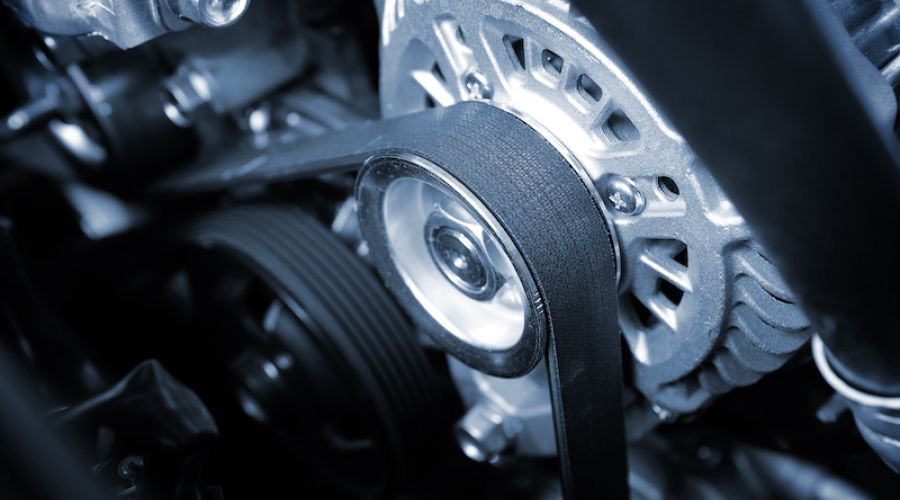
Belts and Hoses Albuquerque, NM
Every vehicle consists of working parts that depend on each other. Belts and hoses are vital components of your engine’s air conditioning, charging, and cooling systems. Hoses absorb your vehicle’s vibrations during driving and contribute to cooling the engine.
Over time, vehicle belts and hoses can degrade, affecting performance. Our hot summers here in Albuquerque can contribute to faster wear and tear on belts and hoses, making car belt and hose placement an important item on your maintenance checklist.
Understanding the belts in your vehicle
There are two kinds of belts in most vehicles: serpentine and timing. Each of these two belts has a different job, but your vehicle can’t operate properly without both in working order.
A serpentine belt, sometimes called the drive belt, power the air conditioning compressor, cooling fan, and power steering pump. While your vehicle still runs if the serpentine belt breaks, you risk overheating your engine.
A timing belt is outside your engine and allows the crankshaft to turn the camshaft. Your engine won’t work without the timing belt. If it breaks, your vehicle’s engine abruptly stops, which can cause major engine damage. Performing routine oil changes is one of the best ways to extend the life of your timing belt.
Understanding the hoses in your vehicle
Your vehicle has hoses connected to its air conditioning system, fuel lines, heater, power steering, radiator, and vacuum lines. Their main purpose is to protect the engine from road vibrations. It can be tricky to detect worn hoses because they degrade from the inside out.
We recommend checking your hoses around 50,000 miles for wear and tear. Our team of technicians can examine them for brakes, cracks, and dryness.